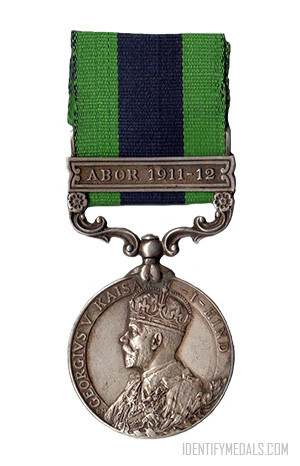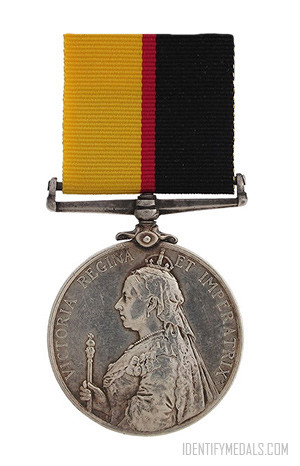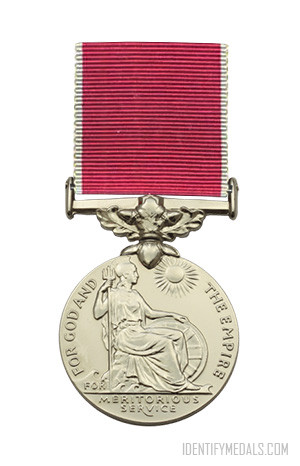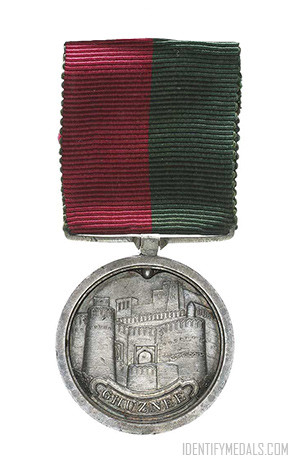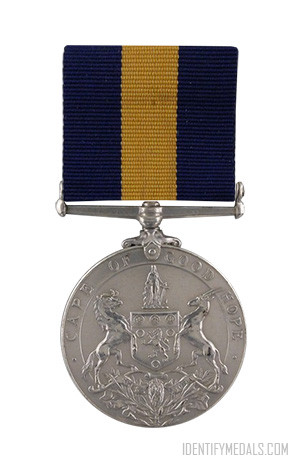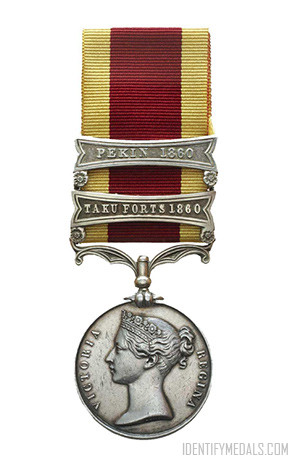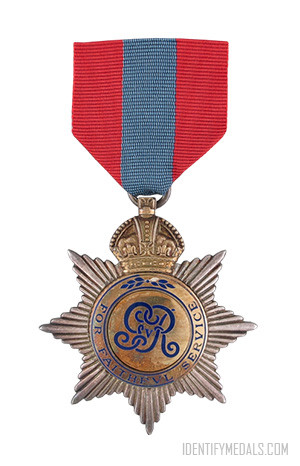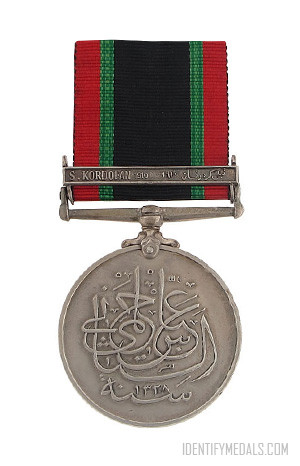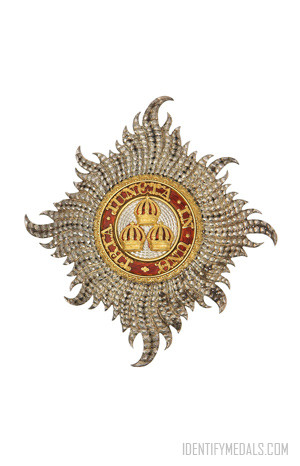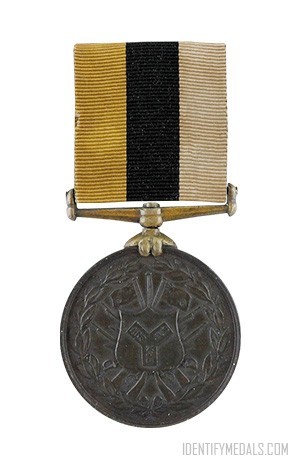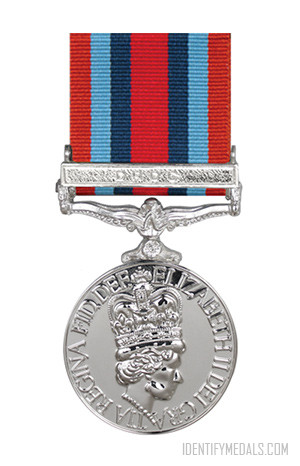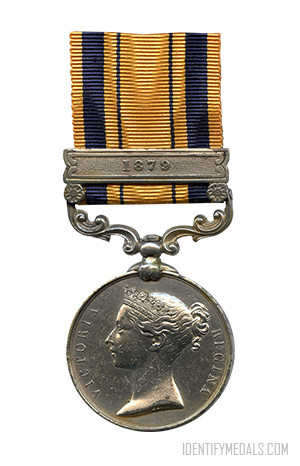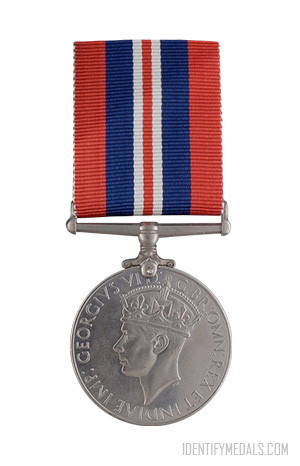- Time Period: Pre-WW1
- Year of Institution: 1 January 1909
- Country: Great Britain
The Indian General Service Medal (also known as 1909 IGSM) is a British campaign medal issued to officers and men of the British and Indian armies and approved on 1 January 1909. From 1919 it was also awarded to officers and men of the Royal Air Force (the Waziristan 1925 clasp was awarded solely to the RAF).
The 1909 Indian General Service Medal was awarded for various minor military campaigns in India from 1908 to 1935, and each campaign is represented by a clasp, of which 12 were sanctioned.
The Indian General Service Medal Design
The medal measures 36 millimeters (1.4 in) in diameter. For early campaigns it was awarded in silver to combatants and in bronze to native bearers and servants. From 1919 on. all awards were in silver.
There are three versions of the Indian General Service Medal obverse (King Edward VII 1908-10, King George V 1911-25 and King George V 1930-35). The reverse depicts Jamrud Fort at the Khyber Pass with the word ‘India’ below between a wreath of oak and olive branches.
The Medal with the Waziristan 1925 bar was awarded to only 46 officers and 214 men of the Royal Air Force. It is by far the rarest bar given with an India General Service Medal.
From 1920, those mentioned in dispatches in a campaign for which the medal was awarded could wear a bronze oakleaf on the medal ribbon.

